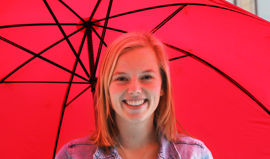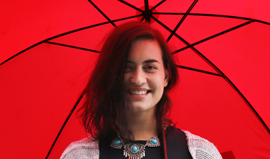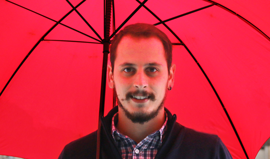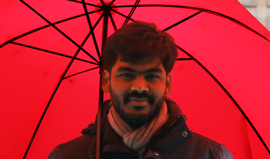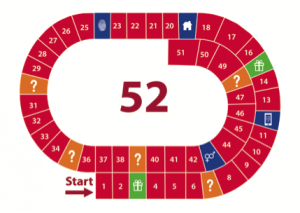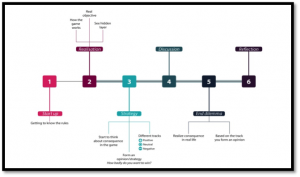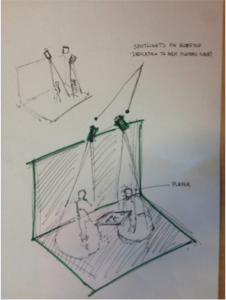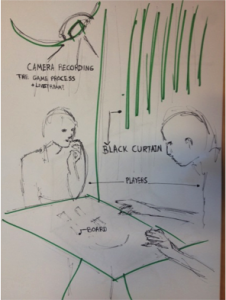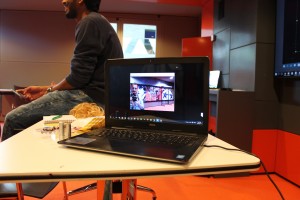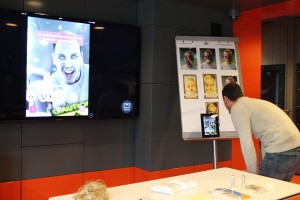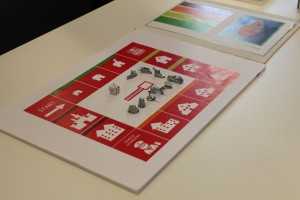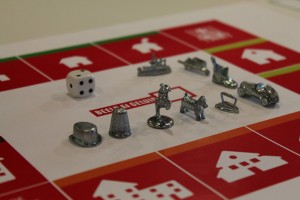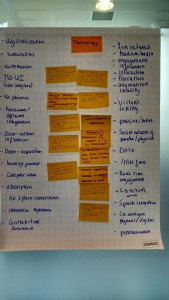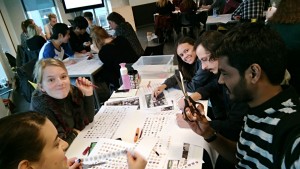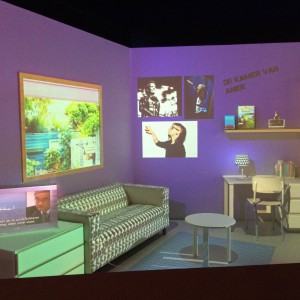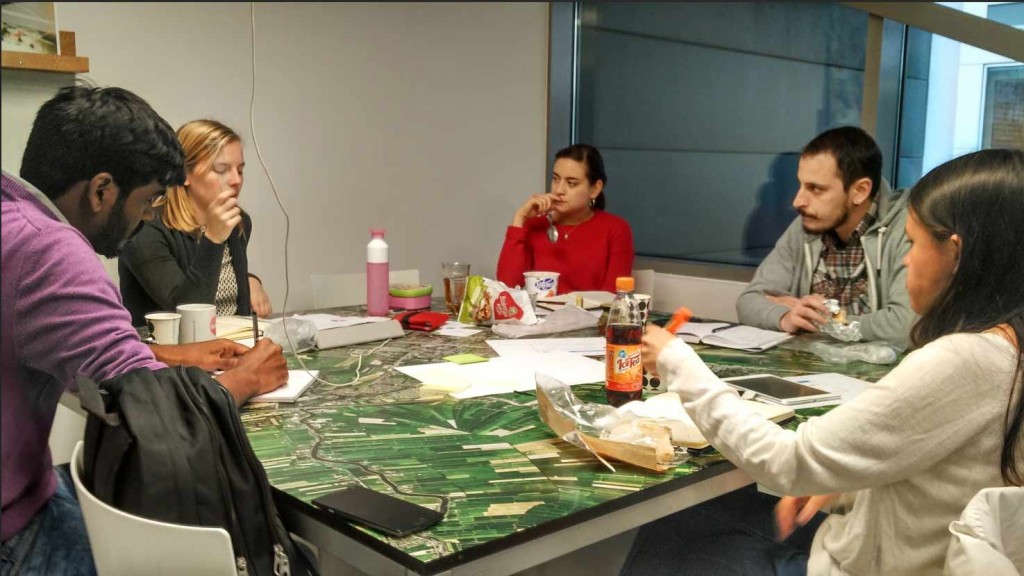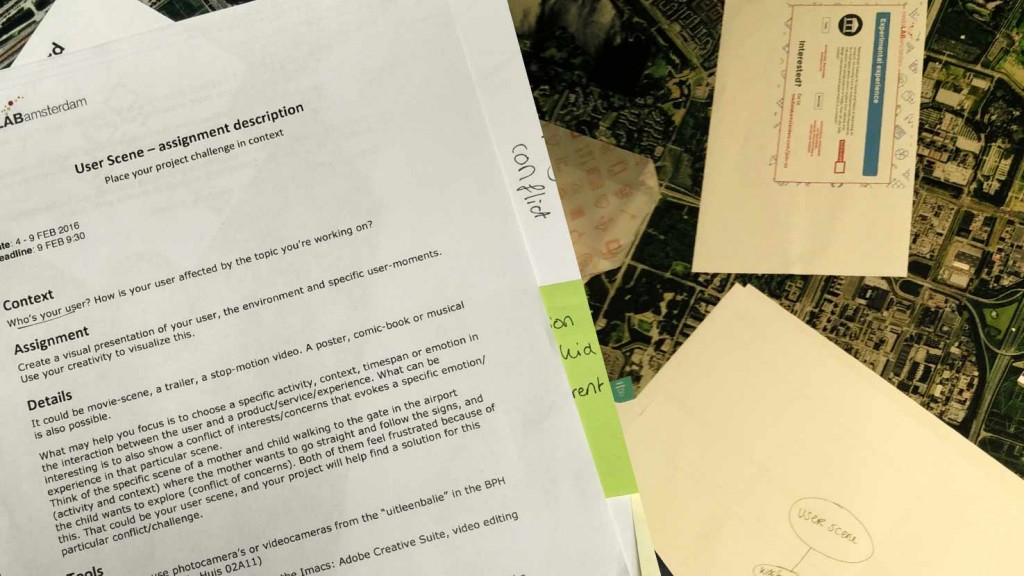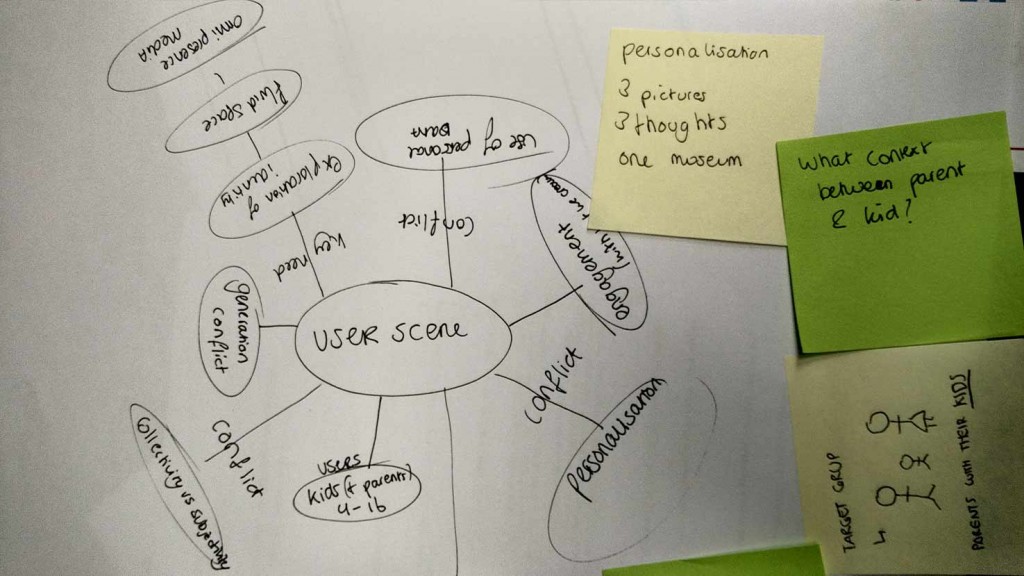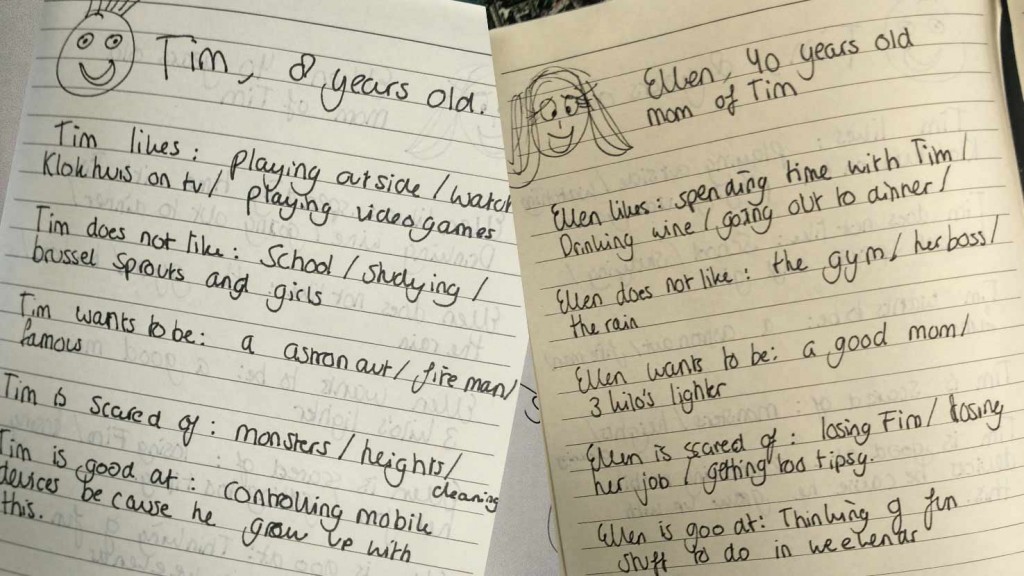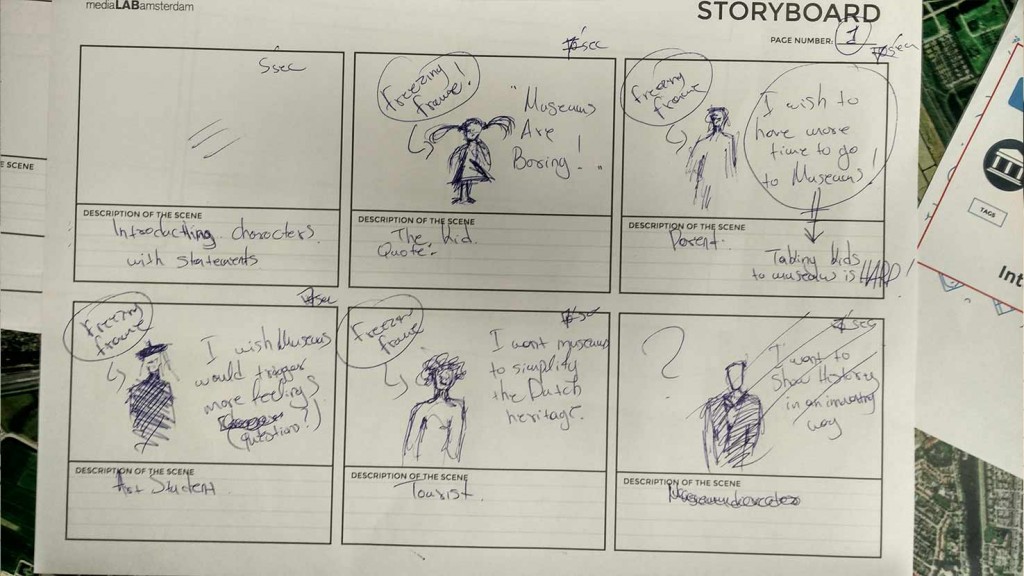The project has come to an end…
This is our last blogpost. Our project has come to an end unfortunately. For those who where at our end presentations, thank you for coming!
Here’s a description of our final prototype, DataVrij:
DataVrij is a turn based board game that helps Dutch families explore the social en technical implications, of personal data as a currency in online environments, on their daily lives.The setting is a board game with a dice (turn based) where the families can come onto different tiles where they get asked for their personal data, or they get a reward instantly (like a secret passage). The genre of the game is digital board game. What sets this project apart, are the three different benefits the families get from playing DataVrij:
– The game helps them becoming aware of how often they get asked for their personal data and how often families give this information away (for incentives).
– The game creates an educational moment for parents, which they can use for instructing their children on how to be safe (in the parents own opinion) on the Internet when it comes to their personal data.
– The game will help family members form their own opinions on the matter and it will help them to start thinking about this subject in their daily lives.
See the attachments for the logo and the board of the game. We also have a video, you can find it at the following link:
We also uploaded all our pictures on Flickr: Flickr Album
Thank you all for your attention, help and encouragement!
We would like to thank The Netherlands Institute for Sound and Vision and our coach Bernadette Schrandt.



